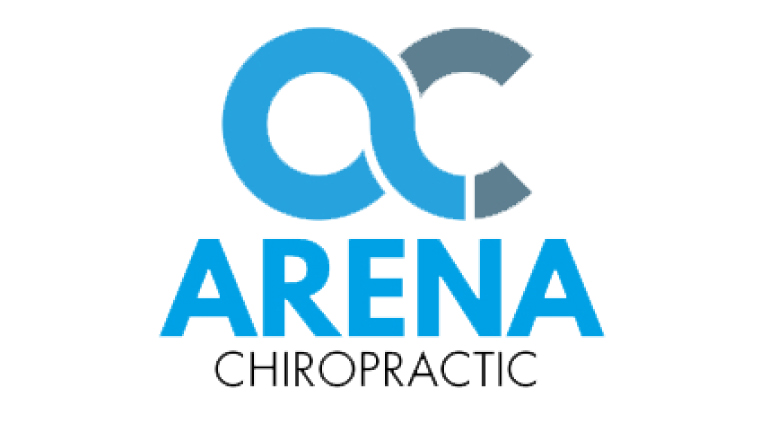We are constantly searching the landscape for heroes. This is not to fill in a missing piece in ourselves, but rather represents an ongoing search for inspiration, stimulation, and motivation. Even those of us who are self-starters need coaches and mentors to cause us to reach ever-higher levels of achievement. In this, we all need support. We all need guidance. We all need fresh perspectives.
Children, in particular, need guidance. Kids need rules. Kids need structure. Usually, a child’s parents are her leaders or role models. Other relatives, teachers, peers, and older kids may also fill these roles.
Let’s consider parents, relatives, and teachers – the adults in a kid’s environment. In America, one-third of all adults are obese. An additional one-third of adults are overweight. Almost one-half of American adults do not do any vigorous physical activity. Three-quarters of adults do not get enough physical activity to meet public health recommendations.
The awful bottom line is that the majority of Americans are out-of-shape and overweight or obese. These adults are the role models for their kids. The result is that one-third of American children are overweight or obese.1 Juvenile diabetes is an epidemic that is getting worse every year. Type 2 diabetes, previously rare in young people, is now a commonly recognized diagnosis in kids. Hypertension is increasing in prevalence in teenagers.
We’re in the midst of a healthcare disaster. Diabetes and obesity are twin raging epidemics endangering the health and welfare of our nation’s young people. In New York City, by the age of 4, there is a one in three chance that the child will be obese. More than 40% of children are at an unhealthy weight at ages 2 and 3. National statistics are similar.2
Type II diabetes, long known as “adult-onset diabetes”, is now being recognized as a significant juvenile disorder. Up to 45% of the children diagnosed with diabetes have the type II form. And the numbers keep increasing. Additionally, studies demonstrate that almost two-thirds of American kids aged 9 through 13 do not participate in any organized physical activity during non-school hours. Twenty-five percent do not engage in ANY free-time physical activity.
Kids mimic the habits of their parents or other significant adults. If the adults eat cheeseburgers and fries three times a week, so will the kids. If adults don’t eat fresh fruits and vegetables, neither will the kids. Also, if kids see their parents putting on more and more weight, they will put on more and more weight. If adults spend no time exercising, neither will the kids.
Luckily, the converse is also true, and this is where parents can become heroes to their kids – literally, saving their kids’ lives. If kids see their parents choosing healthy behaviors and being positive and supportive about doing so, kids will begin to choose those healthy behaviors, too. Let’s start to teach our kids that exercise can be fun.3,4 Strength training, aerobic exercise, core exercises can all be incorporated into family games and fitness activities. Also, let’s start to teach our kids that healthy eating can be fun – nurturing as well as nutritious. Shopping, cooking, and mealtimes can all become key components of a healthy family lifestyle.
All children need the love and support and guidance of the important adults in their lives. It’s up to us, those important adults, to really BE the role models kids so desperately need and want.
1Berman LJ, et al: Physical activity is related to insulin sensitivity in children and adolescents, independent of adiposity: a review of the literature. Diabetes Metab Res Rev
2012 March 2 [Epub ahead of print]
2Fagot-Campagna A: Emergence of type 2 diabetes mellitus in children: Epidemiological evidence. Journal of Pediatric Endocrinology and Metabolism 13(Suppl 6): S1395-S1402, 2000.
3Feda DM, et al: Effect of increasing the choice of active options on children’s physically active play. J Sci Med Sport 2012 February 16 [Epub ahead of print]
4Ekelund U: Moderate to vigorous physical activity and sedentary time and cardiometabolic risk factors in children and adolescents. JAMA 307(7):704-712, 2012




